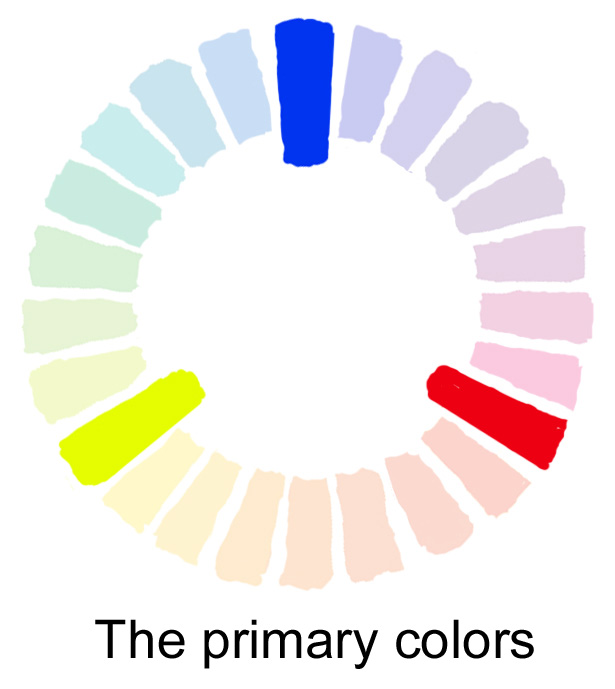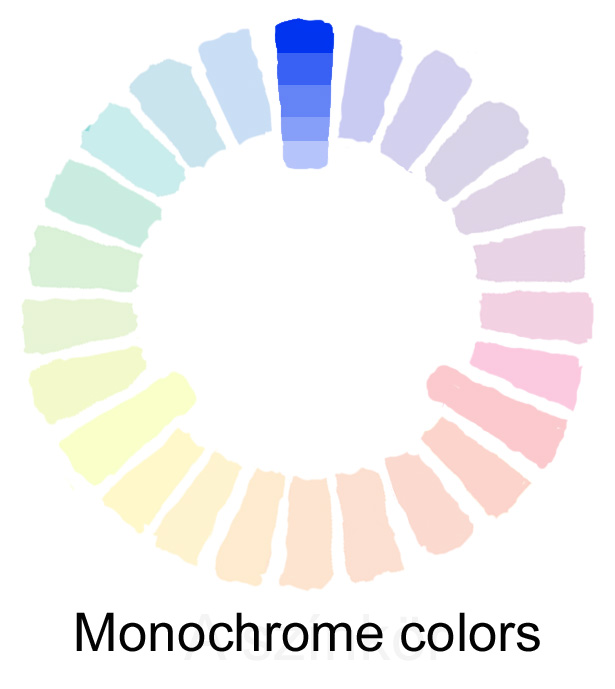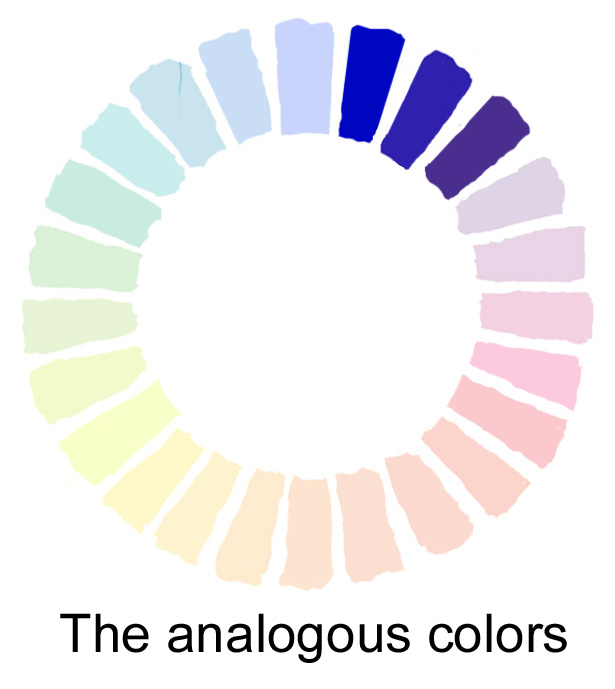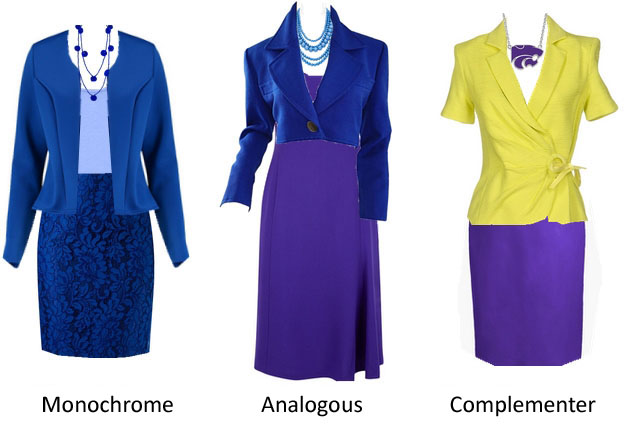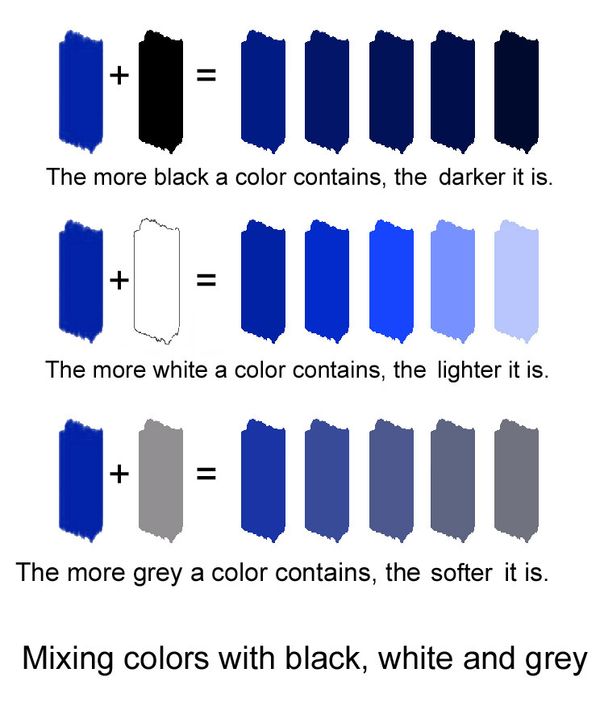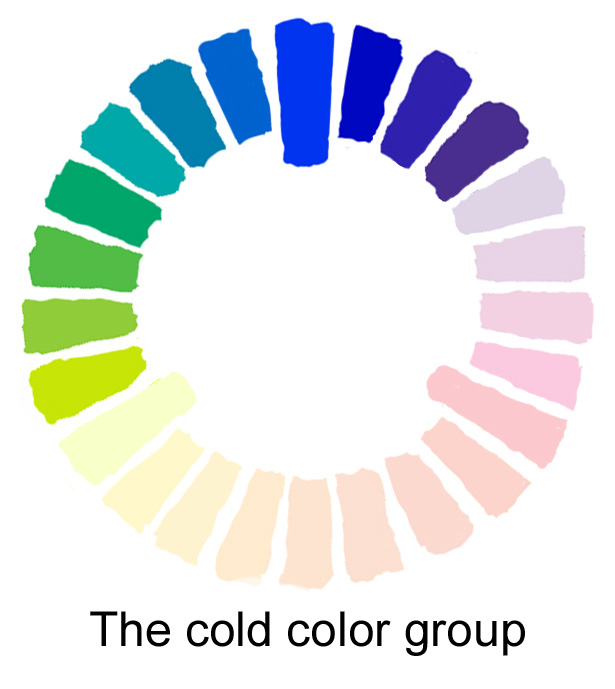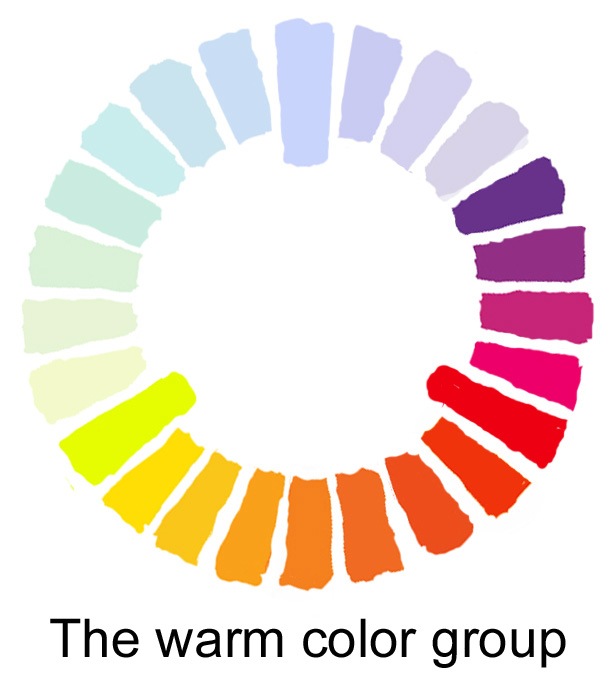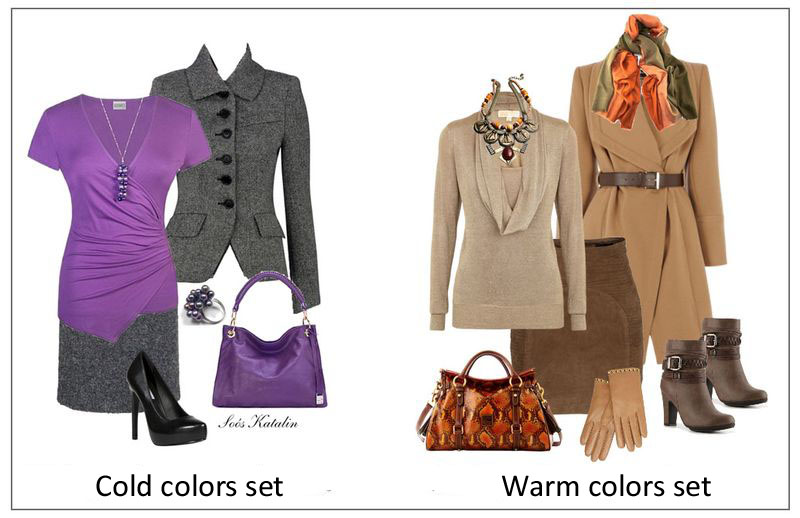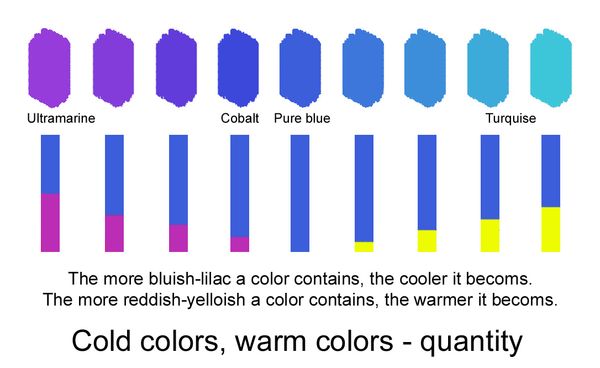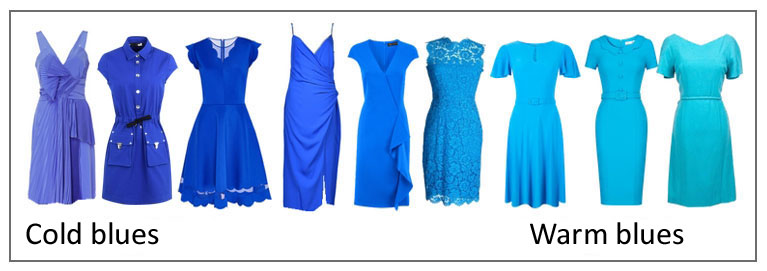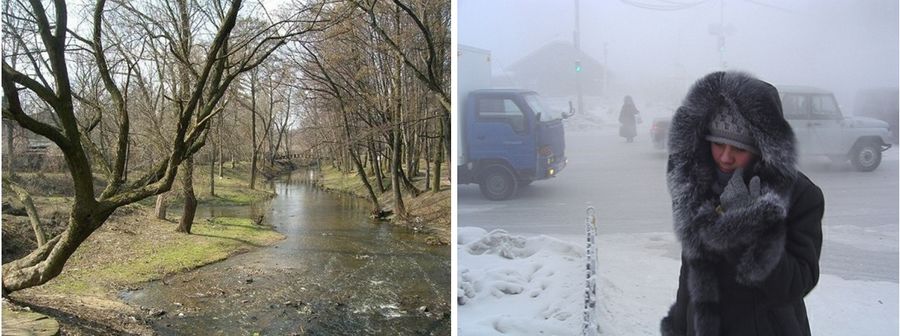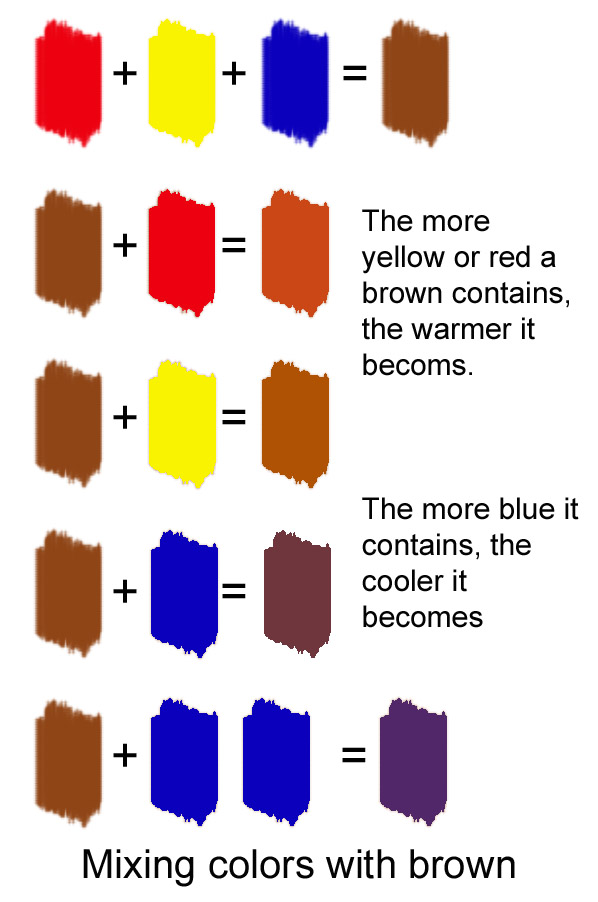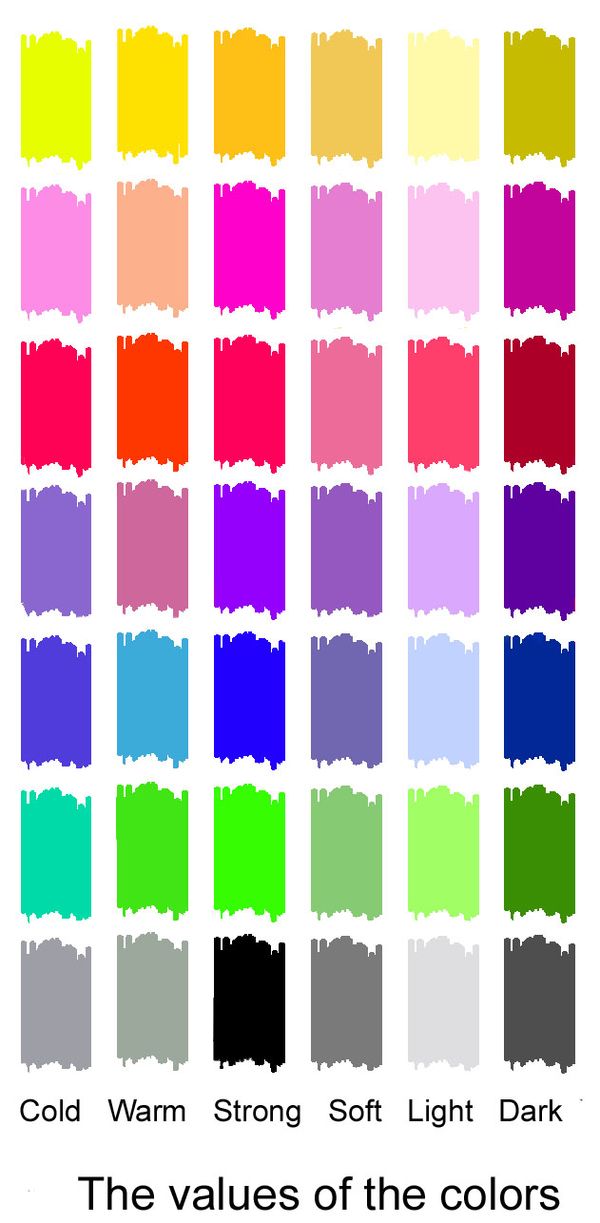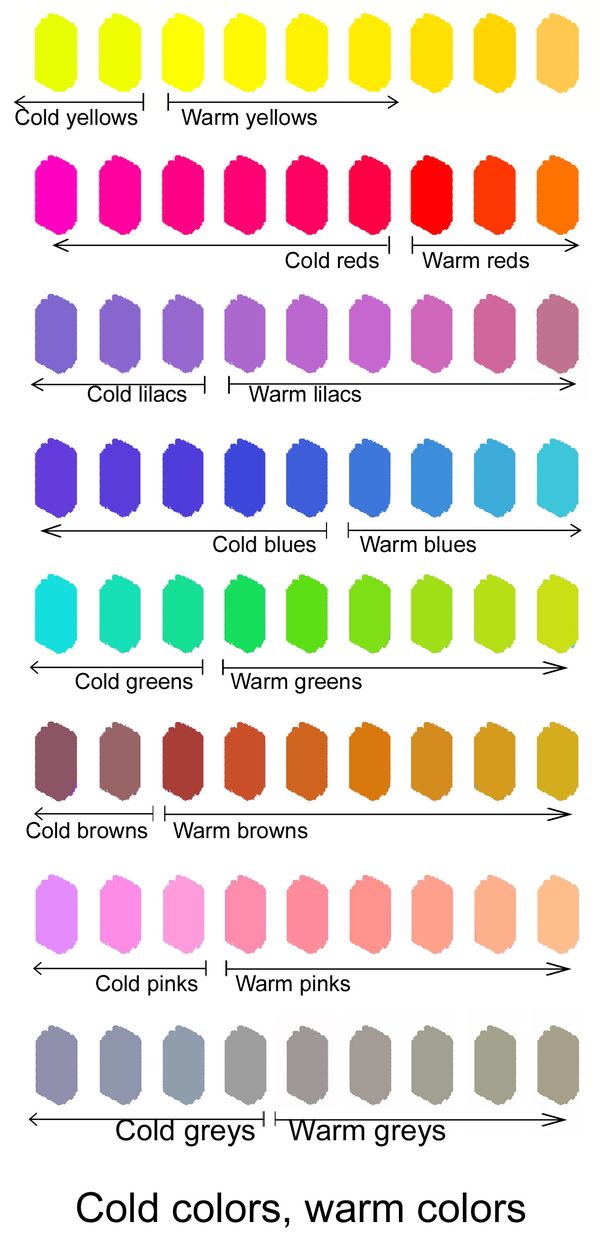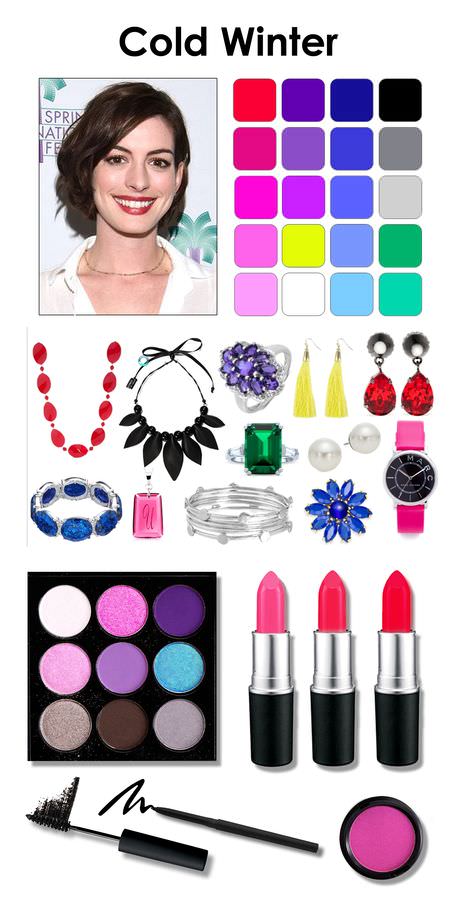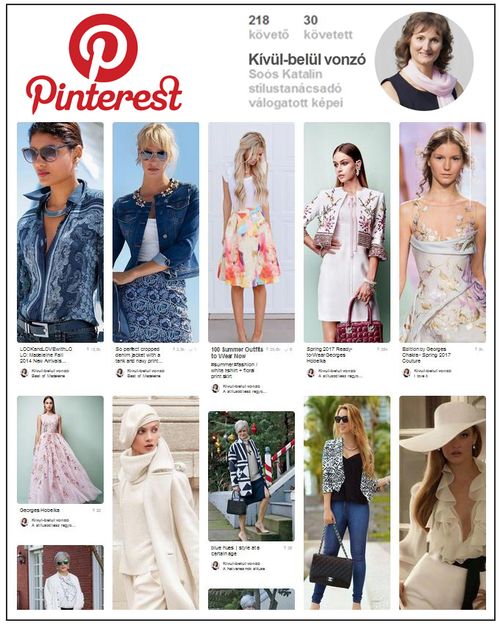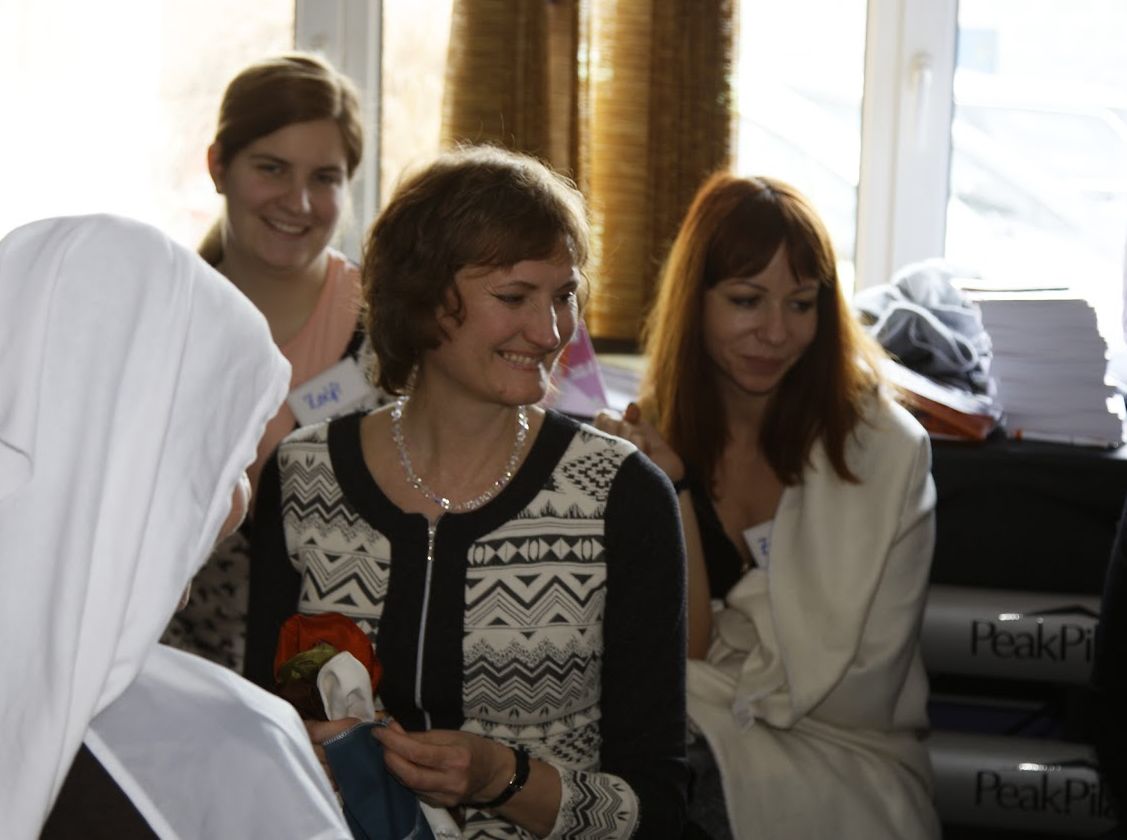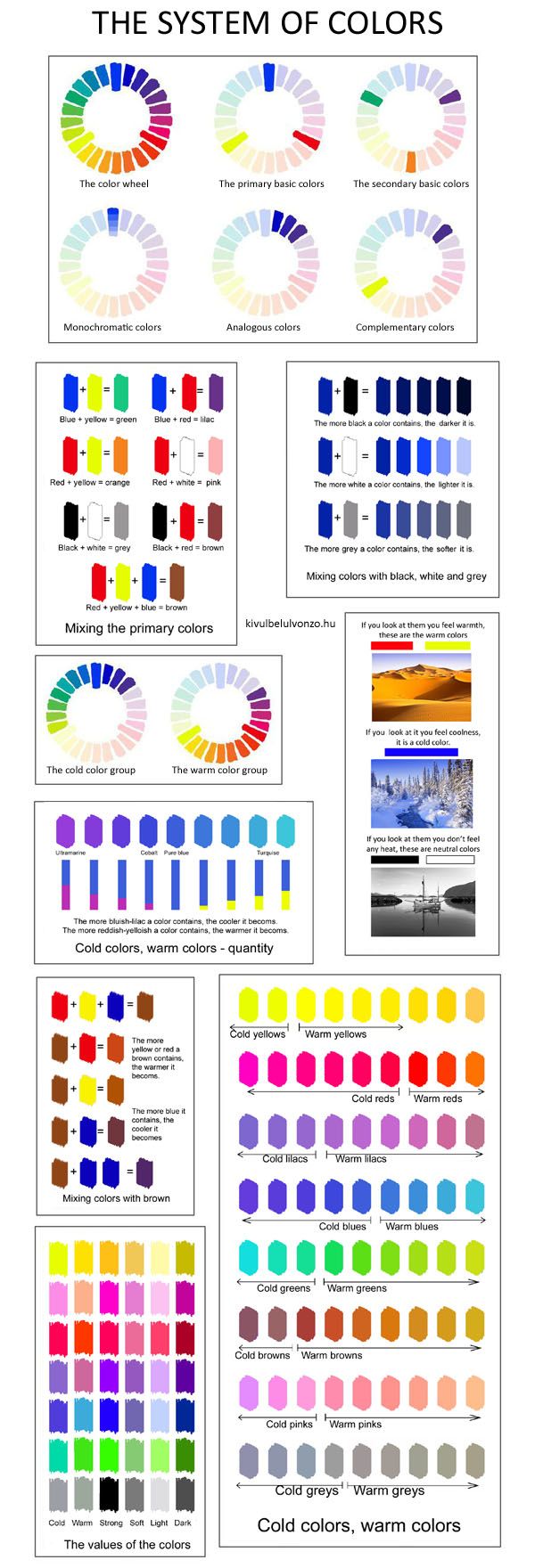Every book or newspaper article, when it comes to color classification, is about writing a distinction between cold colors and warm colors. Perhaps you are one of those who have met colors last time in school and you can only differentiate the dark or light colors. In everyday life, the "How shall we paint the bedroom wall?" question may arise, and of course, when buying clothes, it is also a question of what color to buy? Most people buy only fashion colors, which are easy to recognize, because in the malls you can find only these ...
However, if you want to wear the colors that are flattering, it's useful if you can at least detect the difference between the cold colors and warm colors. In the followings, you can get to know the colors a little bit more. Though the subject is pretty dry, but I hope that browsing the photos will not be borin at all!
THE PRIMARY BASIC COLORS
About the colors as a physical phenomenon, it is worth knowing that colors are electromagnetic vibration waves, which form into visible shape only in our head. The white ray of sun when it is passing through a glass of prism, will divide the light into the colors of the rainbow. Actually, the whole world consists of these colors.

If you curl up this rainbow stripe, you get a color circle, on which it that can easily be traced the system of cold colors and warm colors. The colors are composed of 3 PRIMARY COLORS, which are pure blue, pure red, and lemon yellow. Any other color can be blended from these. If you mix two of them, you get the SECONDARY BASIC COLORS.
If there are more colors, they are described with different names, depending on how they are located in the color circle relatively to each other.
If the colors are different light shades of one color, then these are called MONOCROMATIC colors.
If the colors are on the color circle side by side, these are ANALOGOUS colors.
The colors which stand opposite in the color circle are the COMPLEMENTER colors. If two complementer light beams are projected together, they are creating white light. In dressing, if you match these colors, you can achieve a very vivid, contrasting, eye-catching effect.
MIXING COLORS
When we start mixing colors painting them (which is a very good fun and worth trying out), we can see that a mixture of two colors come out of a third kind. So, if you look at the table below, you can recall the lessons learned on the school scrapbook.
Actually, all the hues (which according to scientists say 20 million kinds) come from the mixing of basic colors.
Adding white and black to a color, you can get more shades. If you add white to a color, it becomes lighter, and becomes darker if it is black. And if you add grays, you will lose liveliness of the color and the result is a sharper, duller shade.
COLD COLORS AND WARM COLORS
The colors have different properties, the so-called HUE that shows whether a color is cold or warm. The naming of cold colors and warm colors is coming from the feeling if we look at a color, and creating a cold or warm feeling in us. Blue gives a cold feeling, so this is a COLD basic color. Yellow and red give warm feeling, so these are WARM basic colors. Black and white do not give any heat feel, so they are called NEUTRAL Colors.
Accordingly, if you observe the color wheel, you can see that the green-bluish colors make the cold color group, and the yellow-orange-red colors are the warm color group.
If you mix a color with blue, the more blue you add, the colder the shade it becomes, and the more yellow or red you add to the color, the warmer the color hue becomes.
So what is it now? Cold blue and warm blue? We said that the blue is cold, why is there a warm blue?
This may be the easiest way to understand it if you are thinking of weather of seasons. Winter is a cold season (we are talking about Europe weather now). There are winter days when there are + 1-2 degrees, this is a mild winter, which are warmer days. When it is -20 degrees, we are talking about a cold-blooded freezing weather, which are colder days. There is winter, cold season, but one day is warmer and the other is colder. In the summer, it is the same. We are in a warm season, there are cooler days and cooler days too. Colder and warmer days of warm seasons.
So cold colors and warm colors should also be understood in a similar way. Warmer hues in the colder group are the yellowish or reddish ones, and cooler hues if they are bluish. Likewise, within the warm group, the shades may have a bluish tone so they are cooler, and more yellowish, the warmer colors.
For example, if you have a brown (from the mixing of the three basic colors) and you start mixing it with red or yellow, then the more you add from them, the warmer brown you get. If you mix brown with blue, you get a colder brown that will become lilac, the more blue you add into it.
So we can say that each color has a cold and warm shade, except the orange, which is composed of two warm colors.
As a result of further color mixing, a color will have different color characteristics and properties. A color always has 3 properties that define it. It may be COLD, or WARM, STRONG or SOFT, and LIGHT or DARK.
The most flattering colors for you are those that match your own characterisctics of your color type. Soft colors to soft types, ligth colors to the light type. etc...


